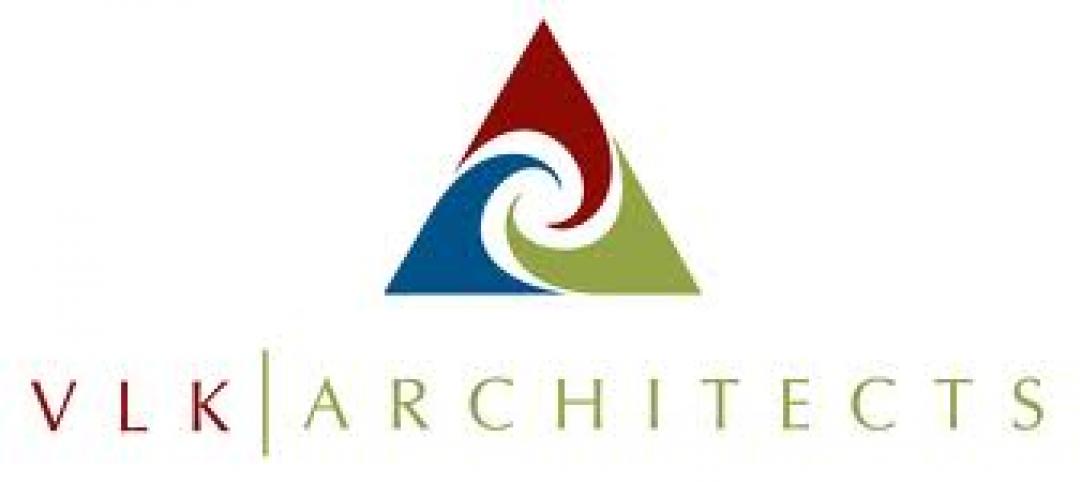The commercial sector continues to lead the Architecture Billings Index (ABI) which has remained in positive territory for the fifth consecutive month. As a leading economic indicator of construction activity, the ABI reflects the approximate nine to twelve month lag time between architecture billings and construction spending.
The AIA reported the March ABI score was 50.4, following a mark of 51.0 in February. This score reflects a slight increase in demand for design services (any score above 50 indicates an increase in billings). The new projects inquiry index was 56.6, down from mark of 63.4 the previous month.
“We are starting to hear more about improving conditions in the marketplace, with a greater sense of optimism that there will be greater demand for design services,” said AIA Chief Economist, Kermit Baker, PhD, Hon. AIA. “But that is not across the board and there are still a number of architecture firms struggling so progress is likely to be measured in inches rather than miles for the next few months.”
Key March ABI highlights:
- Regional averages: Midwest (54.1), Northeast (53.9), South (50.1), West (46.6)
- Sector index breakdown: commercial / industrial (56.0), multi-family residential (51.9),institutional (47.7), mixed practice (47.2)
- Project inquiries index: 56.6
The regional and sector categories are calculated as a three-month moving average, whereas the index and inquiries are monthly numbers. BD+C
Related Stories
| Feb 2, 2012
Call for Entries: 2012 Building Team Awards. Deadline March 2, 2012
Winning projects will be featured in the May issue of BD+C.
| Feb 2, 2012
VLK Architects selected for new Cypress, Texas elementary school
The Bridgeland Elementary School will be a new prototype school for the District. Designed to meet the requirements of The Collaborative for High Performance Schools.
| Feb 2, 2012
Mortenson Construction to build 2.4 MW solar project in North Carolina
Located on a 12 acre site in the Sandhills region, the 2.4 megawatt (MW) system is expected to generate approximately 3.5 million kilowatt hours (kWhs) of clean electricity on an annual basis.
| Feb 2, 2012
Shawmut Design and Construction launches sports venues division
Expansion caps year of growth for Shawmut.
| Feb 2, 2012
Fire rated glazing helps historic university preserve its past
When the University embarked on its first major addition since the opening of Hutchins Hall in 1933, preserving the Collegiate Gothic-style architecture was of utmost importance.
| Feb 2, 2012
Delk joins Gilbane Building Co.
Delk to focus on healthcare construction programs and highly complex higher education facilities for Gilbane Building Company’s Southwest region.
| Feb 2, 2012
Next phase of construction begins on Scripps Prebys Cardiovascular Institute
$456 million Institute will be comprehensive heart center for 21st Century.
| Feb 1, 2012
Increase notched in construction jobs, but unemployment rate still at 16%
AGC officials said that construction employment likely benefited from unseasonably warm weather across much of the country that extended the building season.
| Feb 1, 2012
Replacement windows eliminate weak link in the building envelope
Replacement or retrofit can help keep energy costs from going out the window.
| Feb 1, 2012
‘Augmented reality’ comes to the job site
A new software tool derived from virtual reality is helping Building Teams use the power of BIM models more effectively.















